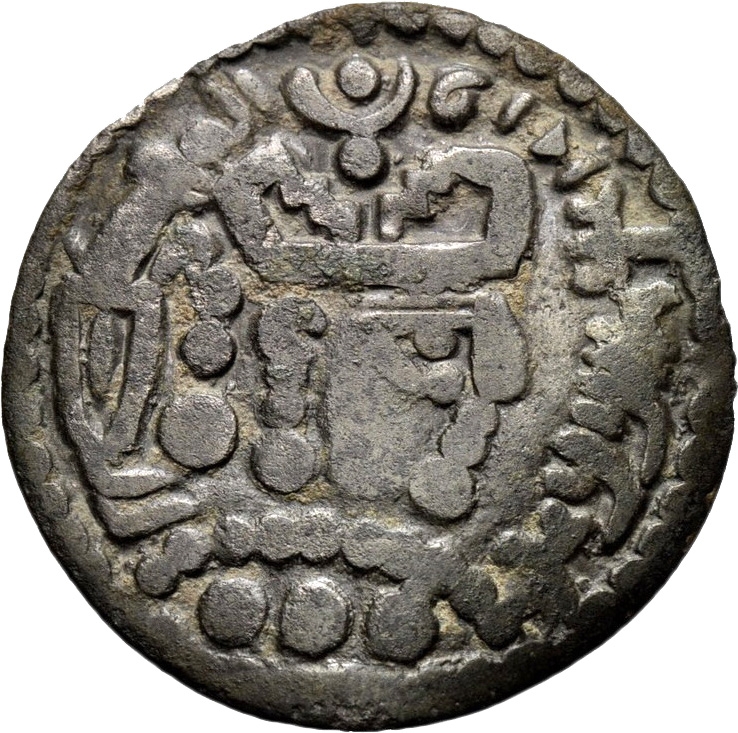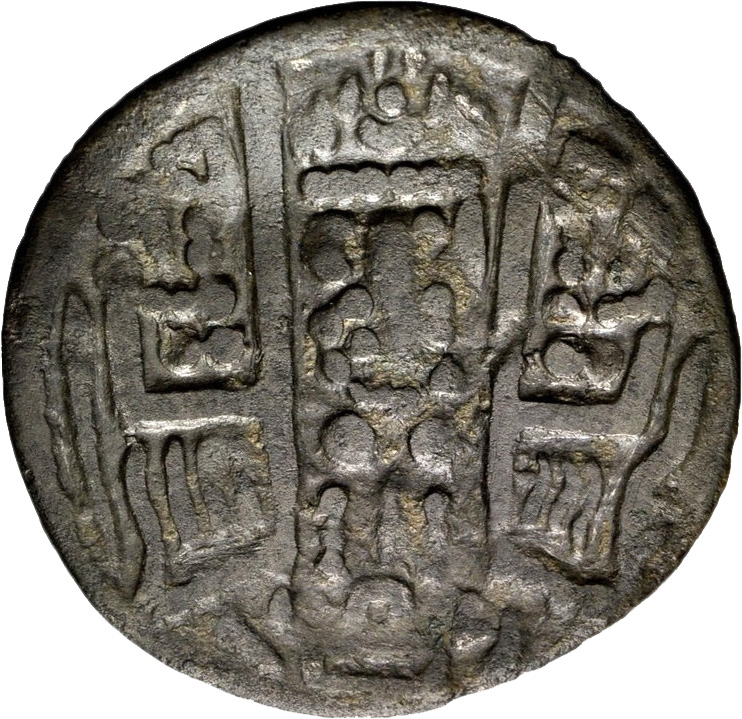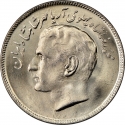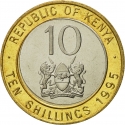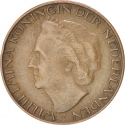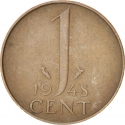You are about to finish your registration. Please check your mailbox (including spam folder). There should be a letter with a confirmation link. Check setting to make sure that your e-mail address is correct.
Send letter againDescription
Turco-Hephthalite (an ethnic name, not a dynastic name) lords of Bukhara in the name of the Abbasid caliph al-Mahdi. Caliph is a person considered a religious successor to the Islamic prophet, Muhammad (Muhammad ibn ʿAbdullāh), and a leader of the entire Muslim community.
This type of coin is called Bukharkhudat, from a local dynasty reigning in Sogdiana (the name means 'Lord of Bukhara'). It was introduced around 650 and was much imitated until about 830. There are various types, most about the same style and size: 25 mm, but silver content got progressively worse over time.
Abu Abdallah Muhammad ibn Abdallah al-Mansur (Arabic: أبو عبد الله محمد بن عبد الله المنصور; 744 or 745 – 785), better known by his regnal name al-Mahdi bi-'llah (المهدي بالله, "He who is guided by God"), was the third Abbasid Caliph who reigned from 775 to his death in 785.
The Abbasid Caliphate was the third of the Islamic caliphates to succeed the Islamic prophet Muhammad. The Abbasid dynasty descended from Muhammad's youngest uncle, Abbas ibn Abd al-Muttalib (566–653 CE), from whom the dynasty takes its name. They ruled as caliphs, for most of their period from their capital in Baghdad in modern-day Iraq, after assuming authority over the Muslim empire from the Umayyads in 750 CE (132 AH).
Obverse

|
Bust in the style of the King Bahram V facing right. Soghdian legend "Pwy'r ywB k'y" (King-Emperor of Bukhara) to right; Arabic legend "al-Mahdi" behind head. |
|---|---|
Reverse

|
Fire altar; bust of Ahura Mazda in flames right on altar. Stylized attendants to either side. |
| Edge | - |
